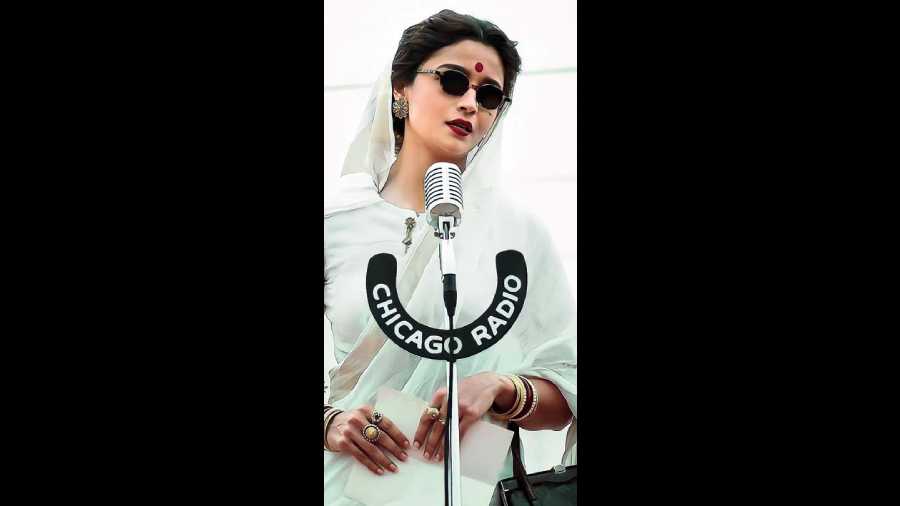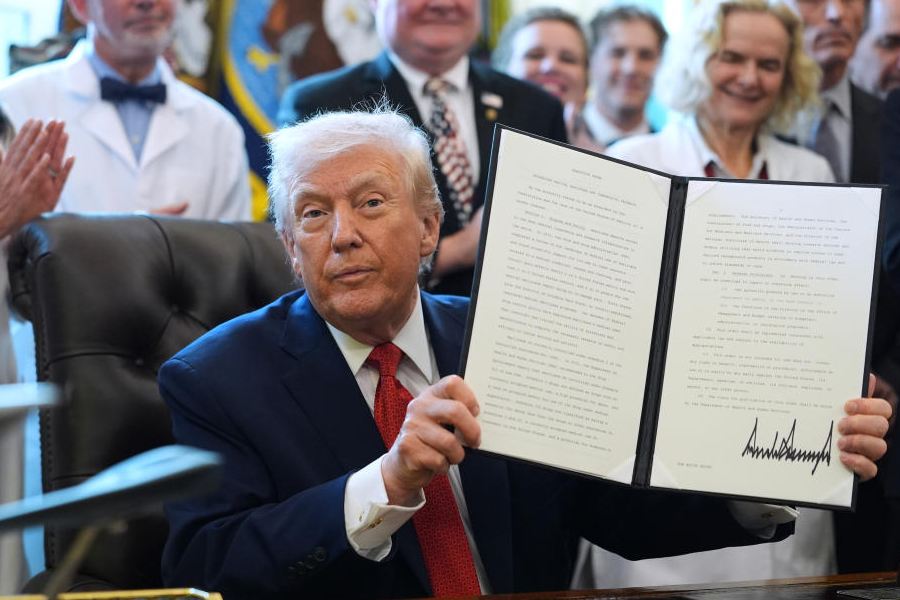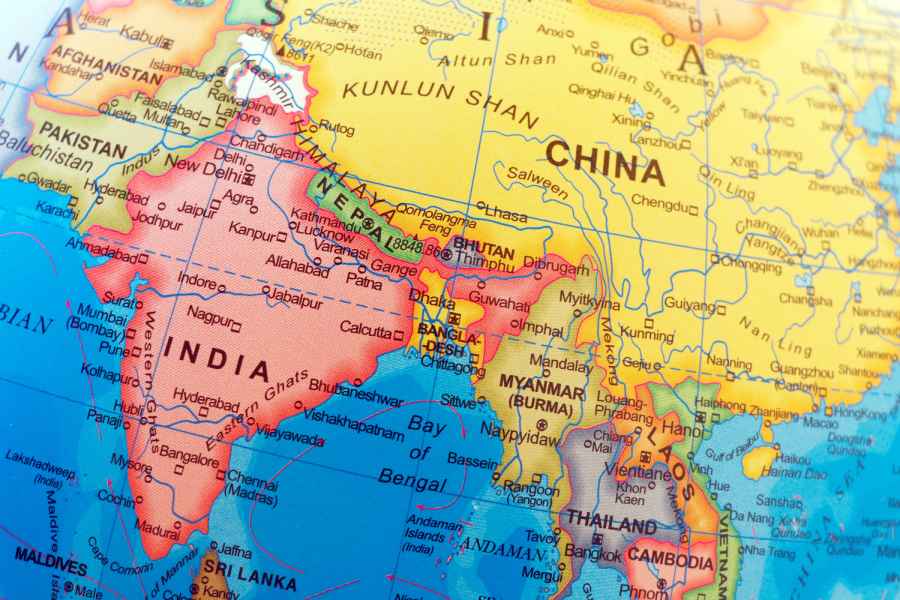Poetry and film are seamlessly brought together in Gangubai Kathiawadi, with director Sanjay Leela Bhansali evoking his love for both the lyrical and the cinematic to paint a visually and narratively engaging story of the rise of a gritty underdog from the grimy underbelly of the city of dreams.
The story of Gangubai that Bhansali gleans from a chapter of S. Hussain Zaidi and Jane Borges’ Mafia Queens of Mumbai, is one that lends itself beautifully to cinema. The operatic tenor of the film is balanced by the story, both painful and powerful, of its protagonist. It’s played against a background of prostitution and politics, love and heartbreak.
Cinema is the starting point of Gangubai’s story. Her wide-eyed fandom for Dev Anand and her undying love to be in the movies see Ganga being lured into Bombay by her lover and sold into a brothel in Kamathipura, the city’s red-light district. Forced into prostitution under the ruthless Sheelabai (Seema Pahwa), Ganga becomes Gangubai, standing at the doorway of her kotha, and luring customers, looking almost like a hand-painted film poster.
Cinema dictates a lot of what drives her, at least initially. Her first act of revolt is taking her fellow sex workers for a film. The walls of the brothel are plastered with posters of Nargis and Madhubala, Chaudvin ka Chand and Jahazi Lutera. When Gangubai meets Prime Minister Nehru, she quotes Sahir Ludhianvi from Pyaasa, with, ‘Jinhe naaz hain Hind par, woh kahaan hain?’ When she steps out of a car, she looks like a quintessential movie star, rose in hair, sporting sunglasses and draped in classic white. It’s a beautiful world (art director Pallab Chanda’s version of Kamathipura is done up in blues and pinks, with Sudeep Chatterjee’s camerawork making the experience immersive), and yet this is a world where the reality is stark and often ugly.
Like his recent films, Bhansali’s penchant for mounting his films on a scale both grandiose and glamorous shines through in Gangubai Kathiawadi. But beneath it all, like Mastani in Bajirao Mastani and Padmini in Padmaavat, Gangubai nurses a broken, bruised heart.
The loneliness of the female protagonist has been an integral part of cinema through the ages. Michelangelo Antonioni’s 1964 film Red Desert explored the crushing loneliness, giving way to depression, of a married woman disengaged from her husband, while more recently, Kelly Reichardt’s triptych of loneliness in Certain Women struck a universal chord.
Gangubai, for all her flourish and dialogue-baazi, her steely exterior and swashbuckling style, is essentially a lonely soul craving love. That’s most evident in the time she has with the boyish Afsaan (Shantanu Maheshwari, making a striking debut), their growing attraction towards one another playing out more through stares and gestures. Meri jaan, with the two in the backseat of a car, where he gradually moves from touch to feel with her face mirroring a thousand emotions, is one of the most visually memorable moments in the film.
Distinctive frames are, of course, a trademark of a Bhansali film. And in Gangubai Kathiawadi, we have them aplenty. A power cut has the sex workers holding up candles to attract customers. Gangubai channels heartbreak into a powerful dance of pain as she partakes in Navratri celebrations. So also are some crackling scenes, with Gangubai, engaged in a thrust and parry with her chief rival Razia Bai (Vijay Raaz’s casting as a transgender has been heavily criticised but none can fault him on his performance), standing out. As does her fiery speech at Azad Maidan, where she roars, despising the world she lives in and yet being selfless enough to better the cause of those who people it. Aiding Gangubai in her rise is Rahim Lala (Ajay Devgn in a cameo). But once Gangubai comes into her own, there is no looking back for her.
Gangubai Kathiawadi rests wholly on the shoulders of Alia Bhatt. The petite Alia may not have the towering screen presence needed for a character of this stature, but it’s luminous grace, wild abandon, crackling spontaneity and pain channeled into both pathos and power that make her portrayal stand out. It’s a remarkable, immersive performance, with Alia proving once again what makes her one of the finest talents in cinema now. Alia brings the myriad facets of Gangubai alive, but none more powerfully than when a journalist introduces himself as ‘patrakar’ and she looks him in the eyes and says, ‘prostitute’. Nonchalance has never been shown better.
Gangubai Kathiawadi (u/A)
Director: Sanjay Leela Bhansali
Cast: Alia Bhatt, Ajay Devgn, Vijay Raaz, Shantanu Maheshwari,
Jim Sarbh, Seema Pahwa
Running time: 154 minutes











